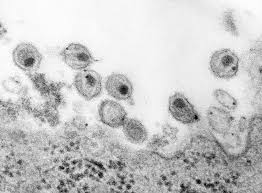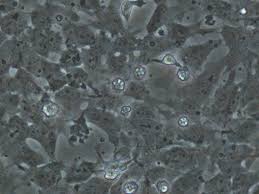It is often said that earthquakes don’t kill people; it is the building that do. If building codes are not enforced in seismically active zones, even moderate intensity quakes can cause widespread damage to buildings and injure people. This is what is happening in the Northeast, a new study has pointed out.
Manipur was hit with earthquake of intensity 6.7 on January 4, 2016 which caused devastation in state capital, Imphal, and adjoining areas. It provided an opportunity to scientists to understand risks posed to buildings and the state of construction practices in the region. While many buildings collapsed, it was noted that the damage caused to public building was disproportionate to the observed intensity of shaking.
Scientists from three Indian Institutes of Technology (IITs) – Kanpur, Guwahati and Patna - undertook a reconnaissance survey of earthquake affected regions immediately after the quake, and revisited the area after three months to see the condition of damaged structures and restoration work. Results of this study have now been published in journal Current Science.
a. Collapse of a 3-storey building in Keishampar;b.Collapse of 4-storey building in Dewlabland,Imphal
" Despite considerable awareness in public about earthquakes and associated risks, both public and administrators, chose to ignore the threat and continued to build structures which were not earthquake-resistant. " :Dr Durgesh C Rai
It was found that while several reinforced concrete (RC) buildings in Imphal suffered varying degree of damage, traditional wooden houses made using bamboo and wood - known as Shing-Khim - reported no damage. Government buildings, covered in the study, were damaged heavily because they did not conform to seismic code of practices, and there is general lack of enforcement of existing regulations and codes. In addition, factors like inferior quality of raw materials and shoddy workmanship contributed to collapse of buildings.
“The seismic risk in the region is growing at an alarming pace with increasing inventory of vulnerable construction,” the study has concluded. The 2016 quake, it said, “should be regarded as a preview of what is likely to happen in the event of a greater shaking expected for the region and should hasten the community to take necessary steps.”
Dr Durgesh C Rai, a professor of civil engineering at IIT Kanpur, who led the study, told India Science Wire that “despite considerable awareness in public about earthquakes and associated risks, both public and administrators, chose to ignore the threat and continued to build structures which were not earthquake-resistant.” Due to such negligence, he said, “many publicly-funded buildings suffered severe damage under shaking intensity of VI–VII which is not only ironic but also represents the utter betrayal of the public trust.”
Good performance shown in traditional construction;a. 2-storey wooden house (known as shing-khim) at dewlabland in Imphal;b.single storey shing-khim at Noney Bazar near Epicentral region.
Buildings at the Inter State Bus Terminal (ISBT), Government Polytechnic and Central Agriculture University (CAU) are all government funded and supervised constructions, and were expected to perform satisfactorily during earthquakes, but they all experienced moderate to severe damages. Large building campuses such as CAU were constructed on landfill soil and they performed extremely poorly during the earthquake shaking, the study pointed out.
The newly constructed concrete buildings of world famous Ima Keithel or Mothers’ Market too suffered damage. The market earlier operated from bamboo structures which were functional but were in poor condition due to lack of maintenance. So the government dismantled the market and built three concrete structures in 2010. All three buildings have similar elevation and plan but only one of them showed better performance during the earthquake.
“The traditional constructions using lighter timber and bamboo have performed well and no damage to such structures in Imphal was reported,” Dr Rai added. “Despite available knowledge, seismic safety remains neglected and the society is not adequately prepared due to lack of implementation.” He said the lessons from the Manipur quake are applicable for the entire northeast region.
The research team included Durgesh C. Rai, Hemant B. Kaushik and Vaibhav Singhal. (India Science Wire)




